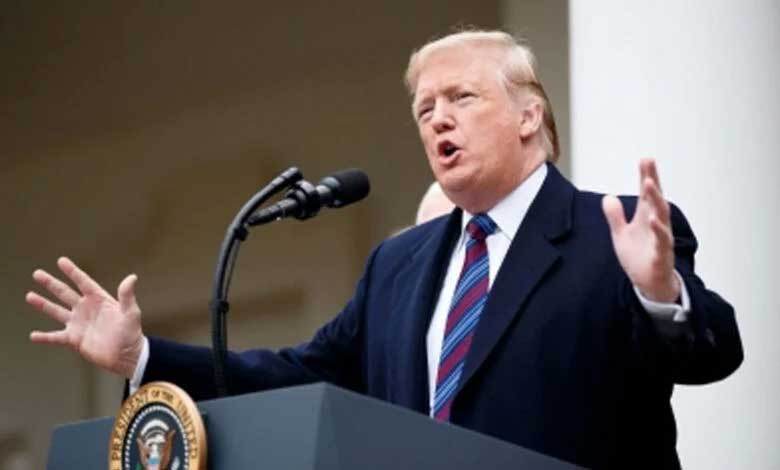Trump’s 100 per cent tariff threat on BRICS: Need to see if US laws permit sanctions: Ex-RBI Guv
India has so far not been part of the move.

Hyderabad: President-elect Donald Trump’s warning that BRICS countries will face 100 per cent tariffs if they choose to move away from the US dollar is unclear to what extent he will carry out his threat, as it remains to be seen if the US laws permit such an action, former RBI Governor Duvvuri Subbarao said on Monday.
He also said even for BRICS, there are internal differences about bringing out an alternative to the US Dollar. The nine-member group that includes India, Russia, China, and Brazil, moving out of the US currency and having a common one remains a non-starter because of both politics and economics.
“Donald Trump has threatened to slap 100 per cent tariffs on imports from countries that try to move out of the dollar. His ire was particularly directed at the BRICS bloc which has been actively talking about developing an alternative to the dollar. Trump is known to bark more than he bites,” Subbarao told PTI.
BRICS, formed in 2009, is the only major international group of which the US is not a part. Its other members are South Africa, Iran, Egypt, Ethiopia, and the United Arab Emirates.
Over the past few years, a few of its member countries, in particular Russia and China, are seeking an alternative to the US Dollar or creating their own BRICS currency. India has so far not been part of the move.
“It’s not clear to what extent he will carry out his threat. What yardstick will America use to determine if a country has moved out of the dollar? And does American law permit imposing sanctions on countries merely because they are de-dollarising?,” the former RBI chief asked.
In theory, a BRICS common currency would shield the bloc from the perils of dollar hegemony. In practice, that project will remain a non-starter because of both politics and economics, he further said.
Also Read | White House: No Consideration of Returning Nuclear Weapons to Ukraine
It is inconceivable that member countries, not least India, would be willing to give up their monetary policy autonomy and become hostage to a common currency that would be vulnerable to instability anywhere in the bloc, he added.
Replying to a query, Subbarao said the costs of moving out of the dollar are high for both China and India, but the former is better placed because of its large trade footprint and its BRI projects in emerging economies.
Over the last decade, China has been fairly successful in internationalising the RMB (its currency) and a significant part of Chinese trade is invoiced and settled in that currency.
A large portion of Chinese loans under the BRI (Belt and Road Initiative) are denominated in RMB and in contrast, India’s share in global trade is low. It still needs investment in hard currencies, particularly the US Dollar. India has a long way to go before the Rupee can become international, Subbarao opined.
